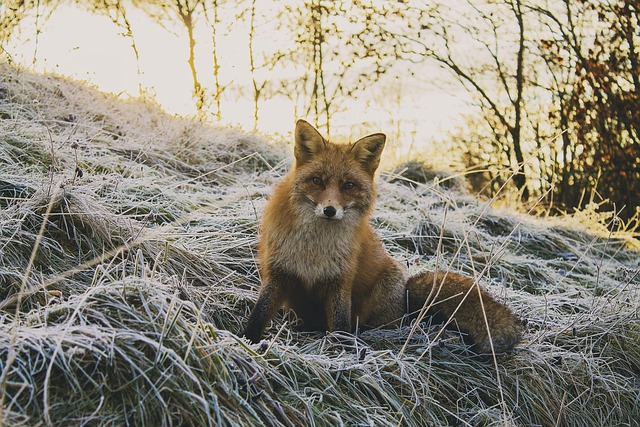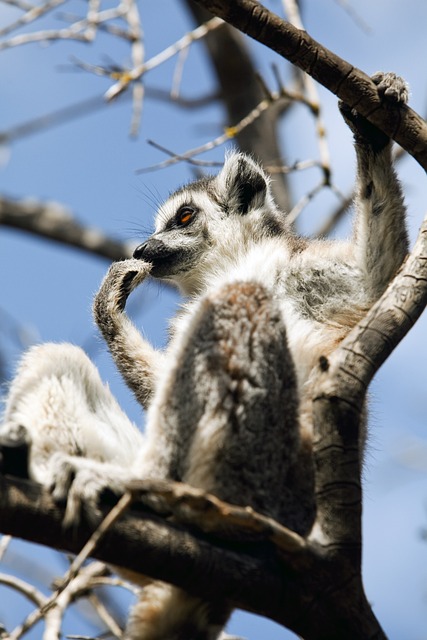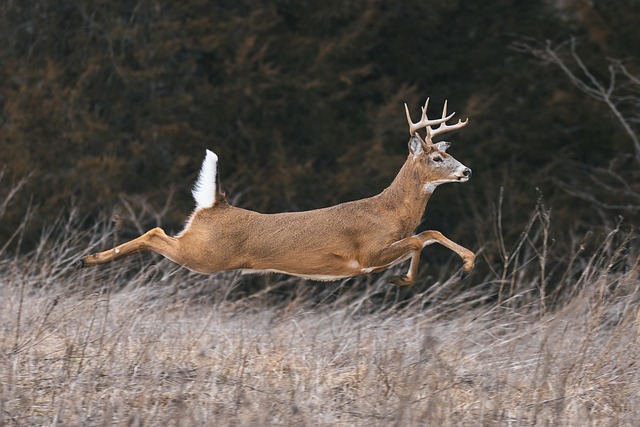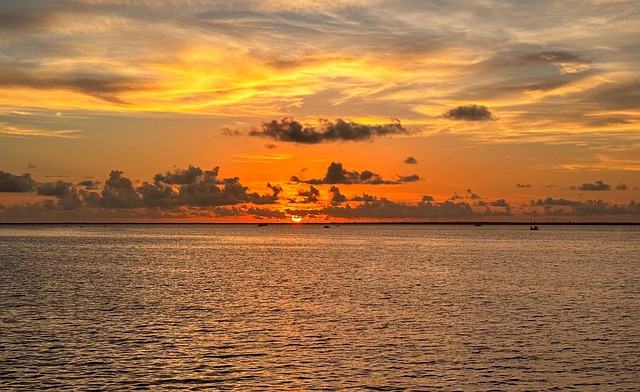Florence, Oregon, is renowned for its diverse and protected nature reserves that preserve the area's rich biodiversity. Nestled between the Willamette River and Coast Range, these reserves offer a variety of habitats from forests to wetlands, hosting rare birds, mammals, and indigenous plant species. Visitors can enjoy activities like birdwatching or hiking through old-growth trees while also contributing to ecological research and education. The Florence nature reserves play a vital role in maintaining ecological balance, connecting urban and rural habitats, and showcasing the area's vibrant natural landscape throughout the seasons.
Florence, Oregon, is a haven for local wildlife species, boasting a rich biodiversity that captivates visitors and residents alike. Discovering Florence’s natural treasures reveals a vibrant tapestry of flora and fauna, much of which can be attributed to the well-preserved nature reserves dotting the landscape. This article explores these reserves’ crucial role in preserving the area’s unique ecosystem, from urban and rural habitats to seasonal changes, while highlighting educational opportunities that foster community engagement with Florence’s remarkable natural resources.
- Discovering Florence's Rich Biodiversity
- The Role of Nature Reserves in Preservation
- Common Wildlife Species in Urban and Rural Areas
- Seasonal Changes in Local Flora and Fauna
- Educational Opportunities and Community Engagement
Discovering Florence's Rich Biodiversity

Florence, Oregon, is a haven for nature enthusiasts and those interested in exploring diverse local wildlife species. The city’s strategic location alongside the Willamette River and within the Coast Range creates a unique ecosystem that supports an array of flora and fauna. Discovering Florence’s rich biodiversity involves venturing into its many nature reserves, each offering distinct habitats and opportunities to observe rare and common species alike.
The Florence nature reserves provide critical shelters for birds, mammals, and plants, many of which are indigenous to the Pacific Northwest region. These protected areas range from lush forests to wetlands, allowing visitors to immerse themselves in a vibrant natural landscape. Whether it’s birdwatching at the Riverbank Park or hiking through the old-growth trees at Siuslaw National Forest, residents and tourists alike can engage with Florence’s abundant wildlife species and gain a deeper appreciation for the area’s ecological diversity.
The Role of Nature Reserves in Preservation
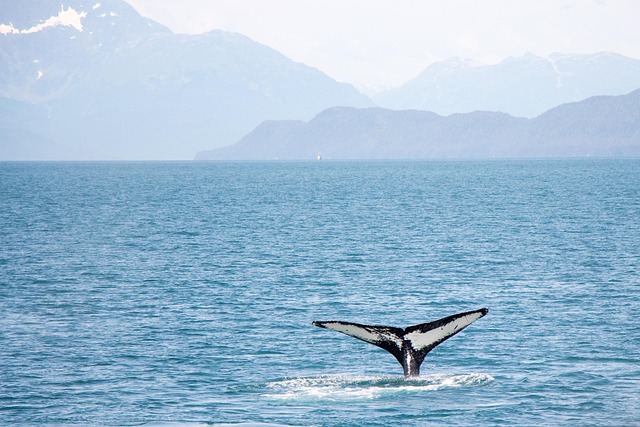
Florence, Oregon’s natural beauty is not only celebrated for its scenic landscapes but also for the diverse wildlife habitats it offers. The city boasts several nature reserves that play a pivotal role in preserving and protecting the local ecosystem. These protected areas serve as sanctuaries for numerous plant and animal species, many of which are native to the region. By conserving these natural spaces, Florence’s nature reserves contribute significantly to maintaining ecological balance and biodiversity.
The reserves provide essential habitats for various wildlife species, from bird sanctuaries that attract migratory birds to forests that house rare plants and animals. They act as buffers against urban development, ensuring that wild populations have safe spaces to thrive. Moreover, these areas facilitate ecological research and education, enabling scientists and conservationists to study and promote the understanding of local ecosystems. Florence’s nature reserves are not just preserves; they are dynamic environments that foster a harmonious coexistence between human visitors and the region’s rich natural heritage.
Common Wildlife Species in Urban and Rural Areas

Florence, Oregon, boasts a diverse range of wildlife species, with unique populations thriving in both urban and rural environments. In the heart of the city, residents often spot familiar faces like squirrels, raccoons, and various bird species adapted to urban life. These areas provide these creatures with accessible food sources and shelter in trees, buildings, and parks. The local government and community groups have also established several nature reserves within the city limits, enhancing habitats for a variety of wildlife.
However, venturing outside the city boundaries reveals a different ecological story. Rural Florence is home to a distinct set of animals, including deer, coyotes, and various small mammals that prefer the more spacious, natural environments. The surrounding forests and open spaces offer them ample room to roam and feed on native plants. These reserves act as sanctuaries, connecting urban and rural habitats, ensuring the continuity of local wildlife species in Florence, Oregon.
Seasonal Changes in Local Flora and Fauna
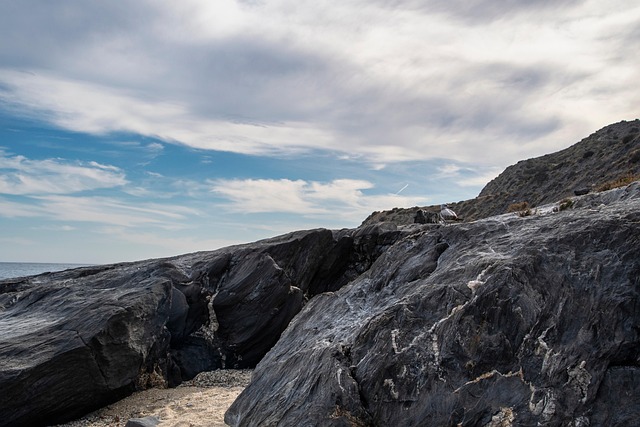
Florence, Oregon’s natural environment is a captivating tapestry woven with seasonal changes that bring dynamic shifts in both its flora and fauna. The local wildlife species thrive within the area’s diverse ecosystems, from lush forests to serene wetlands, experiencing distinct transformations throughout the year. As spring arrives, the reserves come alive with budding flowers and returning migratory birds, offering a vibrant contrast to the dormant winter landscape.
Summer brings a burst of color as wildflowers proliferate, attracting butterflies and bees in their dance of pollination. The temperate climate allows for a rich variety of plant life, while local fauna, including deer and raccoons, forage for sustenance. Autumn’s arrival ushers in a different kind of beauty as leaves change color, providing a feast for the eyes and a crucial food source for forest inhabitants. Winter, with its cooler temperatures, sees many species hibernating or migrating, leaving the reserves quieter but not devoid of life, as certain birds and small mammals remain active year-round. These seasonal changes create an ever-evolving landscape in Florence’s nature reserves, fostering a thriving ecosystem that supports an array of wildlife species.
Educational Opportunities and Community Engagement
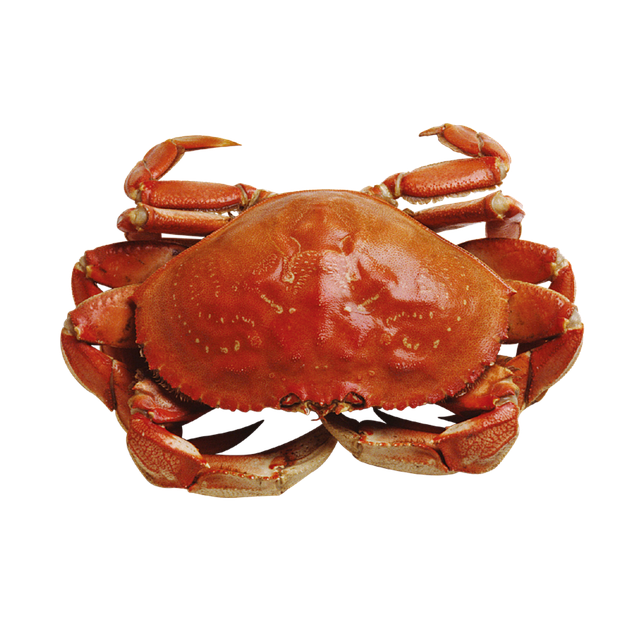
Florence, Oregon’s natural environment offers a wealth of educational opportunities for both residents and visitors. The city’s network of nature reserves serves as an outdoor classroom, providing insights into the diverse local wildlife species. These reserves, like the popular Florence Riverbank Park, host educational programs and events throughout the year, engaging the community in conservation efforts. Local schools often take field trips to these areas, allowing students to observe and learn about the unique flora and fauna in their midst.
Community engagement is a cornerstone of Florence’s approach to wildlife preservation. Local organizations and volunteers actively participate in habitat restoration projects and citizen science initiatives. By involving residents, these efforts foster a sense of stewardship and connection to the natural world. This collective action ensures that future generations can continue to appreciate and benefit from Florence’s diverse biodiversity, making it a truly unique aspect of this charming Oregon town.
